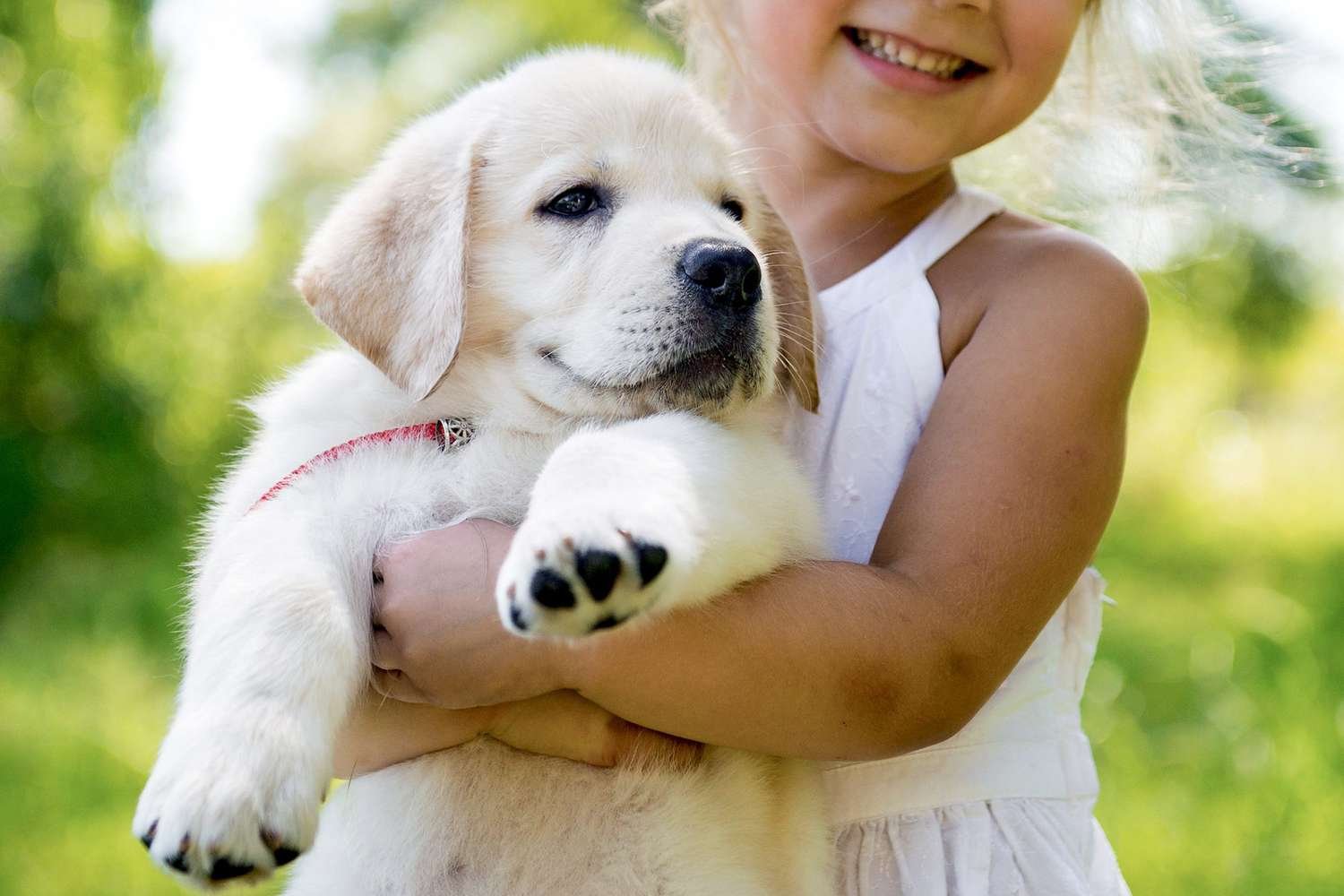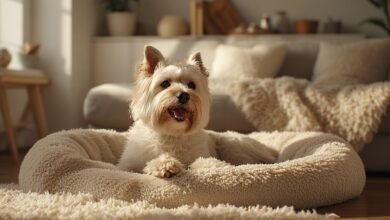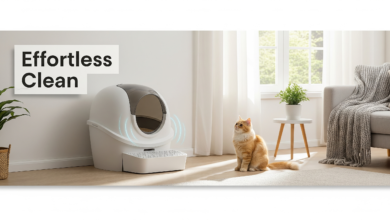Tips for Training a New Puppy: A Comprehensive Guide
Bringing a new puppy into your home is an exciting and rewarding experience. However, it also comes with responsibilities, and one of the most crucial aspects is training. Proper training not only helps your puppy learn good behavior but also strengthens the bond between you and your furry friend. In this blog, we’ll explore effective tips and techniques for training your new puppy, ensuring a happy and harmonious home.
Understanding Your Puppy
Before diving into training methods, it’s essential to understand your puppy’s developmental stage and needs. Puppies are curious, energetic, and often a bit chaotic. They are also highly impressionable, which means the early stages of training are critical. A well-trained puppy grows into a well-behaved dog, making your life easier and more enjoyable.
Key Characteristics of Puppies
- Curiosity: Puppies are naturally curious and will explore their environment, which can lead to mischief if not guided properly.
- Short Attention Span: Puppies have shorter attention spans compared to adult dogs. Training sessions should be brief but frequent to keep them engaged.
- Sociability: Puppies are social animals and thrive on interaction. They learn best through positive reinforcement and socialization with humans and other pets.
Setting the Foundation for Training
1. Establish a Routine
Puppies thrive on routine. Establish a consistent schedule for feeding, bathroom breaks, playtime, and training sessions. This predictability helps your puppy feel secure and understand what is expected of them. Consistency is key, as it helps reinforce positive behavior and establishes a rhythm in their daily life.
2. Create a Positive Environment
A positive training environment encourages your puppy to learn and engage. Use a quiet space with minimal distractions for training sessions. Ensure your puppy has a comfortable spot where they feel safe and can retreat when they need a break.
3. Gather the Right Supplies
Before starting your training, gather essential supplies:
- Treats: Use small, tasty treats as rewards. This positive reinforcement will motivate your puppy.
- Leash and Collar: A sturdy leash and collar are vital for control during walks and training.
- Training Clicker: If you choose to use clicker training, having a clicker handy can help mark desired behaviors effectively.
- Toys: Engaging toys can be used as rewards and for playtime, which is crucial for bonding.
Basic Training Techniques
1. Positive Reinforcement
Positive reinforcement is the most effective training method. It involves rewarding your puppy for desired behaviors rather than punishing them for undesirable ones. Rewards can include treats, praise, or playtime. The key is to reward immediately after the behavior you want to reinforce, making the connection clear for your puppy.
2. Socialization
Socialization is crucial for your puppy’s development. Expose your puppy to various environments, people, and other animals. This helps them learn how to interact appropriately and reduces fear and anxiety in new situations. Puppy classes or organized playdates are great ways to socialize your new pet.
3. Basic Commands
Start with basic commands that lay the foundation for more complex training. Common commands include:
- Sit: Teach your puppy to sit on command by holding a treat above their nose and moving it back towards their tail. When they sit to reach for the treat, reward them.
- Stay: Once your puppy can sit, introduce the “stay” command. Have them sit, then take a step back. If they stay, reward them. Gradually increase the distance.
- Come: Use a long leash and call your puppy to you, rewarding them when they respond. This command is crucial for their safety.
4. House Training
House training is one of the first priorities when bringing home a puppy. Here are steps to help you succeed:
- Establish a Routine: Take your puppy outside frequently, especially after meals, playtime, and naps.
- Use a Designated Spot: Choose a specific area outside for bathroom breaks. This helps your puppy associate the spot with relieving themselves.
- Reward Immediately: When your puppy goes potty outside, reward them immediately with praise and treats.
- Supervise Indoors: Keep an eye on your puppy when they are indoors. If you can’t supervise them, consider using a crate for short periods to prevent accidents.
Dealing with Common Behavioral Issues
1. Chewing
Puppies explore the world with their mouths, so chewing is natural. To manage this behavior:
- Provide Appropriate Chew Toys: Offer a variety of safe chew toys to redirect their chewing.
- Supervise: Keep an eye on your puppy to prevent them from chewing on furniture or harmful items.
- Use Bitter Sprays: If your puppy is persistent, consider using bitter-tasting sprays on items you don’t want them to chew.
2. Barking
Barking is a natural form of communication for dogs. However, excessive barking can be problematic. To address this:
- Identify Triggers: Pay attention to what causes your puppy to bark (e.g., strangers, noises).
- Teach “Quiet”: Reward your puppy when they stop barking on command. Start with short periods and gradually extend the time.
- Provide Mental Stimulation: Sometimes barking can stem from boredom. Engage your puppy with toys and activities to keep them occupied.
3. Jumping Up
Jumping is often a way puppies seek attention. To curb this behavior:
- Ignore Jumping: When your puppy jumps, turn away and ignore them. Only give attention when they are calm.
- Reward Calm Behavior: Encourage them to sit or stay, rewarding them when they do so without jumping.
Advanced Training and Continued Learning
Once your puppy has mastered basic commands and behaviors, consider exploring advanced training options:
1. Obedience Classes
Enrolling in obedience classes can provide structured training and socialization opportunities. Professional trainers can offer guidance and help address specific behavioral issues.
2. Trick Training
Teaching your puppy fun tricks, such as rolling over or playing dead, can be an enjoyable way to bond and keep their mind stimulated. It also reinforces the positive reinforcement method.
3. Agility Training
If your puppy enjoys physical activity, agility training can be a fantastic outlet. It combines exercise with mental stimulation and can be a fun way to bond with your dog.
Conclusion
Training a new puppy is a rewarding journey that requires patience, consistency, and love. By establishing a routine, using positive reinforcement, and addressing common behavioral issues, you’ll set the foundation for a well-behaved dog and a harmonious household. Remember, training is not just about teaching commands; it’s about building a strong bond with your puppy. Enjoy the process, celebrate the milestones, and cherish the moments you spend together as you embark on this exciting adventure!



